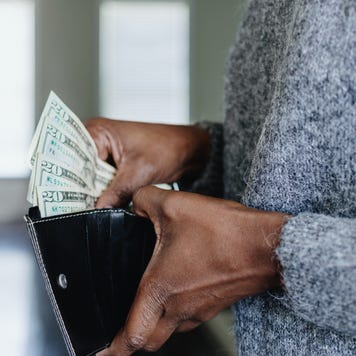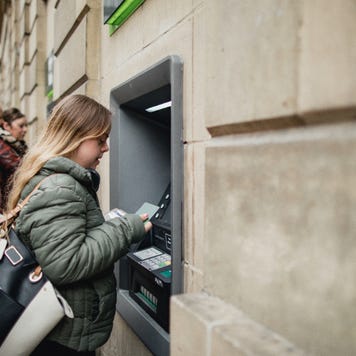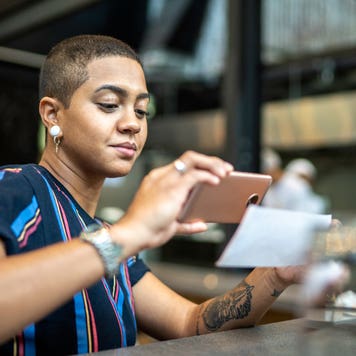Banking
From savings account details to bank reviews, economic insights and more — Bankrate offers valuable information and advice for you.
Explore banking basics

How to open a certificate of deposit (CD)
Banking
Everything you need to know about opening an account.

How to start saving (even if you’re starting from scratch)
Banking
Getting into the habit of paying yourself first is hard. Here are some ideas to help you start.

How to transfer money from one bank to another: 4 ways
Banking
Keep fees in check when you shift money from one bank account to another.
Find more resources
Editor's picks

Experts in all things banking
Our expert reporters and editors bring the news and analysis you need—backed by data and firsthand experience.
About Bankrate
Chief Financial Analyst

Principal U.S. Economy Reporter

Senior Economic Analyst
Banking data studies

Over 1 in 3 people tapped emergency savings in the past year, per a new Bankrate survey.

I’m a personal finance reporter — here’s how I did a mid-year financial checkup in under an hour
Banking
A mid-year checkup is the most effective way to ensure my finances are on track.

Two-thirds of American savers say they’re earning rates below 4% APY. Here’s why.
Featured by names you know and trust
Latest articles

Checks aren’t as ubiquitous as they once were, but you may still have to write one.

Get the latest rates on top-yielding money market accounts.

Check out the latest CD rates from Bankrate’s weekly survey of banks and thrifts.
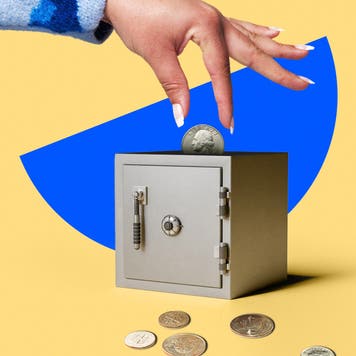
Comparing savings rates can ensure you get the best return on your savings.

ATM skimming is a type of payment card fraud. Here’s what you need to know to avoid it.
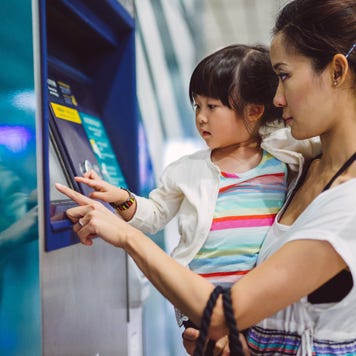
Bitcoin ATMs are becoming increasingly popular. Here’s everything you need to know.

It’s a low interest rate environment, but there are ways to earn more on your money.
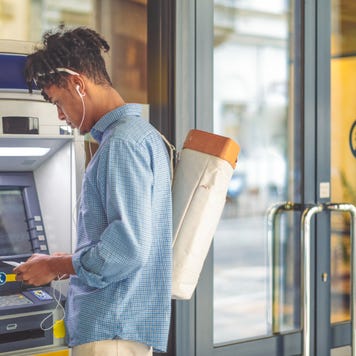
A look at the best ways to avoid paying such extra charges.






